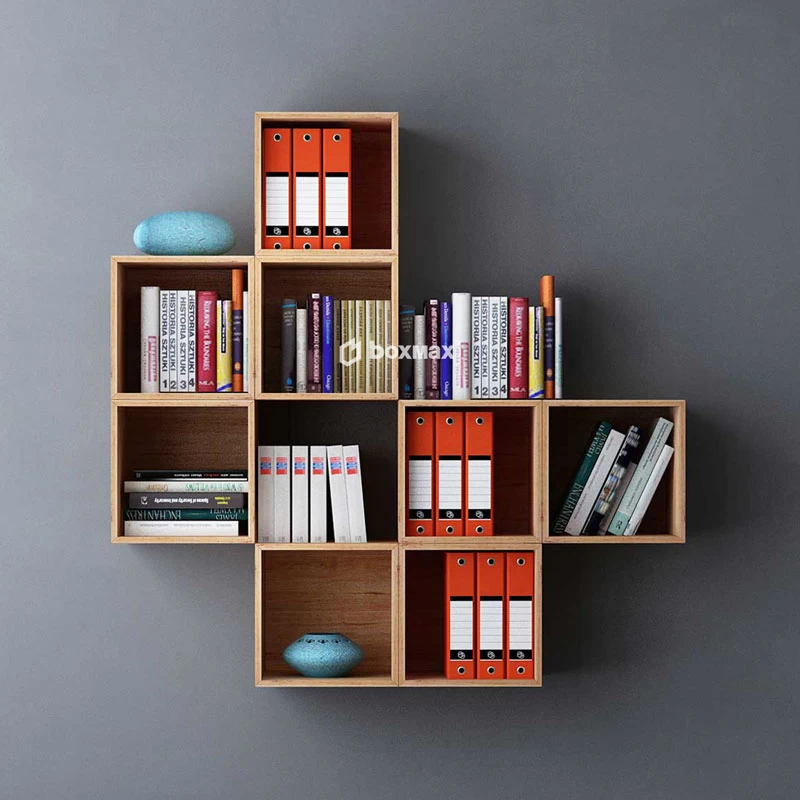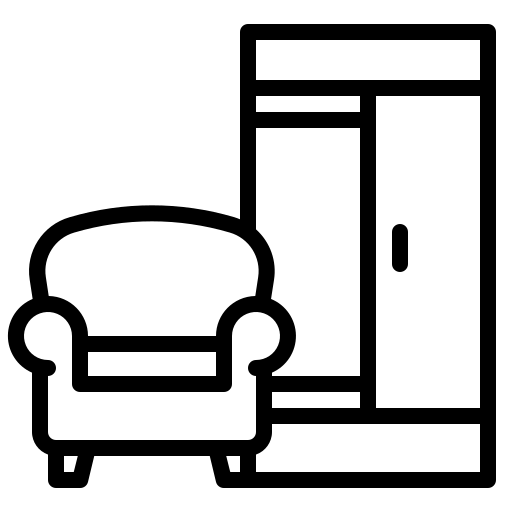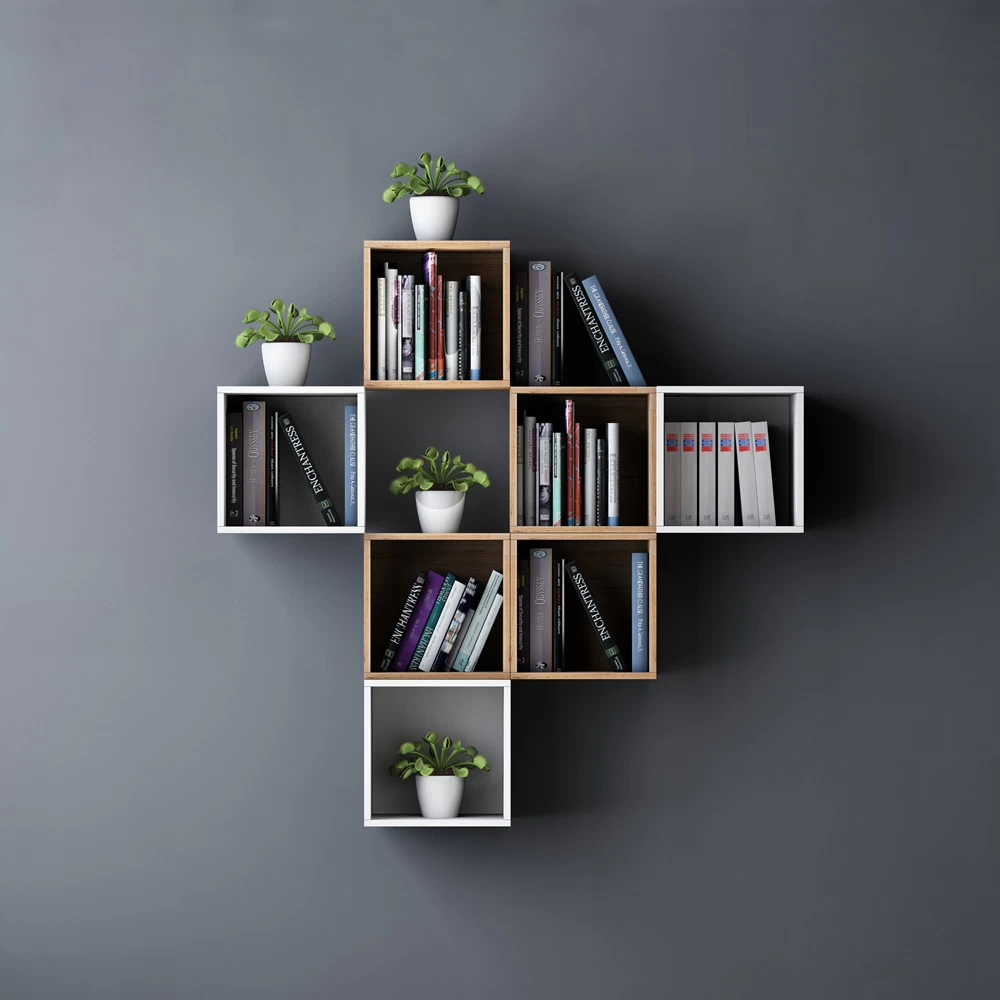Book Case
Bookcases are furniture pieces designed to hold and display books, as well as other decorative items.
They are a staple in many homes, offices, and libraries. Bookcases come in a wide variety of styles, sizes, and materials to suit different preferences and space requirements.
Some key things to know about bookcases:
- Materials - Common materials used for bookcases include wood (e.g. oak, maple, cherry), metal, and even plastic or laminate. The material impacts the overall look and durability.
- Shelving - Bookcases typically have adjustable shelves that can be moved up or down to accommodate books of different heights. The number of shelves can range from just a few to over a dozen.
- Dimensions - Bookcases come in standard widths like 24", 32", and 36", and varying heights from 6 feet tall to just a couple feet tall. Depth is usually around 12 inches.
- Styles - Styles range from simple, minimalist designs to ornate, antique-inspired bookcases. Popular styles include ladder, built-in, corner, and even rolling library ladders.
- Uses - Beyond just holding books, bookcases can be used to display collectibles, photos, artwork, and other decorative items. They help organize and tidy a space.
- Organization - Books can be organized on bookcases by size, color, genre, or however the owner prefers for an aesthetic look.
There are a few key reasons why bookcases are considered furniture:
1. Functionality - Bookcases serve a practical purpose of providing storage and display space, much like other furniture pieces like dressers, shelves, and cabinets. They are designed to hold and organize items in a room.
2. Design Elements - Bookcases are manufactured with attention to aesthetic design, materials, and finishes, similar to how other furniture is created. They can complement or accent the overall decor of a space.
3. Permanence - Bookcases are typically large, heavy, and meant to be stationary pieces of furniture that remain in one place, rather than portable storage solutions.
4. Categorization - In the furniture industry and by consumers, bookcases are broadly categorized and sold alongside other furniture items like desks, chairs, tables, and dressers.
5. Construction - Like other furniture, bookcases are constructed with joints, fasteners, and techniques used in furniture making to ensure stability and durability.
6. Integration - Bookcases are often built-in or incorporated directly into the architecture and design of a room, becoming a permanent fixture like other furniture.
So in summary, bookcases possess the key attributes of furniture - functionality, design, permanence, categorization, construction methods, and integration into living/work spaces. This is why they are consistently considered a type of furniture rather than just storage containers.

There are several common materials used in the construction of bookcases,
each with their own impact on the overall aesthetic:
1. Wood:
- Wood is one of the most popular materials for bookcases.
- Common wood types used include oak, maple, cherry, pine, and walnut.
- Wood bookcases can have a warm, classic, and timeless look. The grain patterns and color variations in wood add visual interest.
- Wood bookcases can range from rustic and distressed to sleek and contemporary in style.
2. Metal:
- Metal bookcases, often made from steel or aluminum, have a more industrial or modern aesthetic.
- Metal can create a minimalist, streamlined look, especially in black, silver, or chrome finishes.
- Metal bookcases work well in modern, loft-style, or urban spaces.
3. Glass:
- Glass bookcases, sometimes with metal or wood frames, offer a light and airy appearance.
- Glass shelves allow the contents to be more prominently displayed.
- Glass bookcases can create a sense of openness and brightness in a room.
4. Laminate or Particleboard:
- Budget-friendly bookcases are often made from laminate or particleboard.
- These materials can mimic the look of wood at a lower cost.
- Laminate or particleboard bookcases tend to have a more affordable, casual, or utilitarian appearance.
The material used for a bookcase can have a significant impact on the overall aesthetic and design style of a room.
Here's a closer look at how different bookcase materials influence the room's decor:
1. Wooden Bookcases:
- Wood bookcases, such as those made from oak, maple, or cherry, tend to create a warm, classic, and timeless feel.
- They work well in traditional, rustic, or farmhouse-style rooms, complementing wooden furniture and natural textures.
- Wooden bookcases can also blend nicely into more contemporary spaces when the design is streamlined and minimalist.
2. Metal Bookcases:
- Metal bookcases, often in steel or aluminum, give a more industrial, modern, or urban vibe.
- They pair well with other metal accents, like lighting fixtures or accent pieces, for a cohesive industrial or loft-inspired look.
- Metal bookcases can also create contrast in rooms with more traditional or natural elements, adding an edgy touch.
3. Glass Bookcases:
- Glass bookcases, with their light and airy appearance, work well in spaces that feel open and contemporary.
- They can make a room feel more spacious and bright, allowing the contents of the bookcase to take center stage.
- Glass bookcases complement minimalist, mid-century modern, or Scandinavian-inspired design styles.
4. Laminate or Particleboard Bookcases:
- Budget-friendly laminate or particleboard bookcases tend to have a more casual, utilitarian look.
- They can fit well in home offices, kids' rooms, or areas where function is prioritized over high-end aesthetics.
- These more affordable options may not elevate the overall room design as much as solid wood or metal bookcases.
Ultimately, the bookcase material should complement the existing decor and design style of the room to create a cohesive and visually appealing space.

Here are some tips for selecting a bookcase material that complements the existing decor in a room:
1. Assess the Room's Dominant Style:
- Look at the key furniture pieces, wall colors, textiles, and architectural elements in the room.
- Determine if the overall style is more traditional, modern, industrial, rustic, etc.
2. Match or Contrast the Existing Materials:
- If the room has a lot of wooden furniture, opt for a wood bookcase to blend in.
- Alternatively, choose a metal or glass bookcase to create a contrasting element and visual interest.
3. Consider the Color Palette:
- Select a bookcase color that complements the room's primary colors and accents.
- Neutral tones like white, grey, or natural wood tend to be the most versatile.
- Bolder colors can work if they tie into the room's existing color scheme.
4. Think About Scale and Proportions:
- Ensure the bookcase size and shape fits the dimensions of the space.
- A too-small or too-large bookcase can look out of place.
- Coordinate the bookcase's visual weight with the other furniture.
By thoughtfully considering the existing decor, you can choose a bookcase material that enhances the room's design rather than clashing with it. This creates a cohesive, intentional look.

- Wood is one of the most popular materials for bookcases.
- Common wood types used include oak, maple, cherry, pine, and walnut.
- Wood bookcases can have a warm, classic, and timeless look. The grain patterns and color variations in wood add visual interest.
- Wood bookcases can range from rustic and distressed to sleek and contemporary in style.
- Metal bookcases, often made from steel or aluminum, have a more industrial or modern aesthetic.
- Metal can create a minimalist, streamlined look, especially in black, silver, or chrome finishes.
- Metal bookcases work well in modern, loft-style, or urban spaces.
- Glass bookcases, sometimes with metal or wood frames, offer a light and airy appearance.
- Glass shelves allow the contents to be more prominently displayed.
- Glass bookcases can create a sense of openness and brightness in a room.
- Budget-friendly bookcases are often made from laminate or particleboard.
- These materials can mimic the look of wood at a lower cost.
- Laminate or particleboard bookcases tend to have a more affordable, casual, or utilitarian appearance.
- Wood bookcases, such as those made from oak, maple, or cherry, tend to create a warm, classic, and timeless feel.
- They work well in traditional, rustic, or farmhouse-style rooms, complementing wooden furniture and natural textures.
- Wooden bookcases can also blend nicely into more contemporary spaces when the design is streamlined and minimalist.
- Metal bookcases, often in steel or aluminum, give a more industrial, modern, or urban vibe.
- They pair well with other metal accents, like lighting fixtures or accent pieces, for a cohesive industrial or loft-inspired look.
- Metal bookcases can also create contrast in rooms with more traditional or natural elements, adding an edgy touch.
- Glass bookcases, with their light and airy appearance, work well in spaces that feel open and contemporary.
- They can make a room feel more spacious and bright, allowing the contents of the bookcase to take center stage.
- Glass bookcases complement minimalist, mid-century modern, or Scandinavian-inspired design styles.
- Budget-friendly laminate or particleboard bookcases tend to have a more casual, utilitarian look.
- They can fit well in home offices, kids' rooms, or areas where function is prioritized over high-end aesthetics.
- These more affordable options may not elevate the overall room design as much as solid wood or metal bookcases.
Ultimately, the bookcase material should complement the existing decor and design style of the room to create a cohesive and visually appealing space.

- Look at the key furniture pieces, wall colors, textiles, and architectural elements in the room.
- Determine if the overall style is more traditional, modern, industrial, rustic, etc.
- If the room has a lot of wooden furniture, opt for a wood bookcase to blend in.
- Alternatively, choose a metal or glass bookcase to create a contrasting element and visual interest.
- Select a bookcase color that complements the room's primary colors and accents.
- Neutral tones like white, grey, or natural wood tend to be the most versatile.
- Bolder colors can work if they tie into the room's existing color scheme.
- Ensure the bookcase size and shape fits the dimensions of the space.
- A too-small or too-large bookcase can look out of place.
- Coordinate the bookcase's visual weight with the other furniture.
FAQs
What are the most common materials used to make bookcases?
The most common bookcase materials are wood, metal, glass, and laminate/particleboard.
How do the different bookcase materials impact the overall room decor and design style?
Wood bookcases create a warm, classic look; metal bookcases have a modern, industrial feel; glass bookcases make a room feel light and airy; and laminate/particleboard bookcases have a more casual, utilitarian appearance.
What are some tips for selecting a bookcase material that complements the existing decor in a room?
Consider the room's dominant style, match or contrast the existing materials, coordinate the color palette, ensure proper scale and proportions, and allow for future flexibility.
How can the placement and organization of items on a bookcase impact the room's design?
The bookcase's contents and styling can either accent the room's decor or look cluttered and out of place. Thoughtful organization and curated displays can enhance the overall aesthetic.
 +7929688-88-14
+7929688-88-14

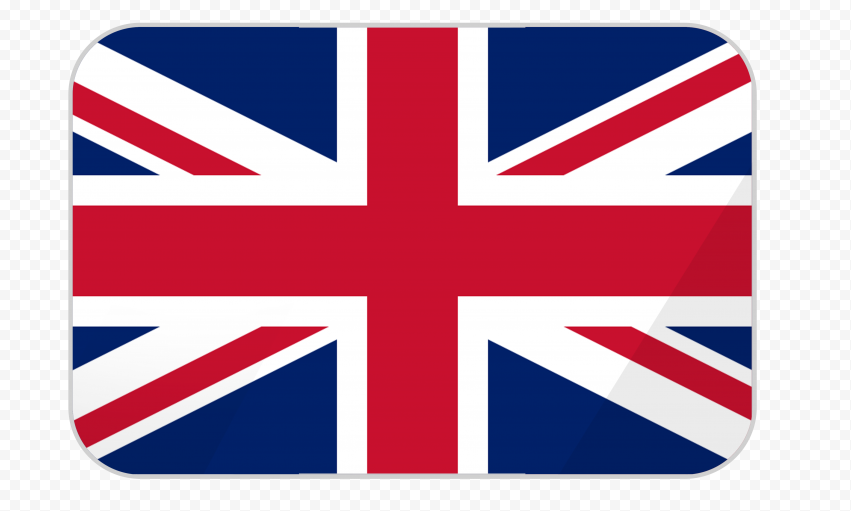 English
English
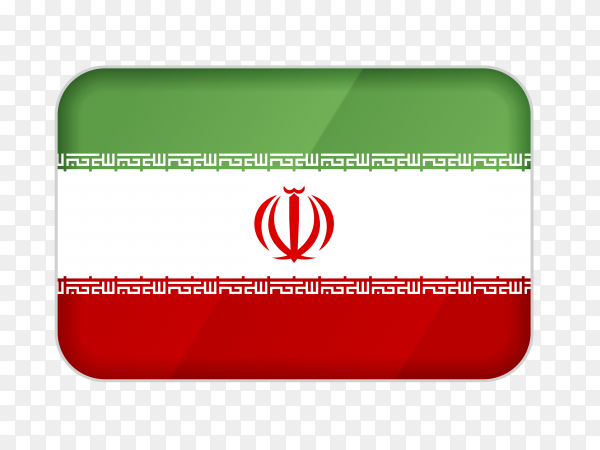 Persian
Persian
 Russian
Russian
 Chinese
Chinese


 +7929688-88-14
+7929688-88-14

